Adani Ports, PVR, Tata Power, UPL, Reliance, BPCL, Ami Lifesciences stocks in focus on 16 September 2022
Indian equity markets may open in red on week’s last trading day. Early trends in the SGX Nifty hinted at a negative start for benchmark index NSE Nifty 50 and BSE Sensex with a loss of 99 points. Global cues were negative as Wall Street indices ended in red overnight and shares in the Asia-Pacific were trading lower on Friday. “The recent move in the index indicates consolidation amid feeble global cues however the bias is still on the positive side. Meanwhile, we recommend continuing with the “buy on dips” approach and focusing on sectors/themes which are seeing buying interest on a rotational basis,” said Ajit Mishra, VP – Research, Religare Broking.
Stocks in focus on 16 September, Friday
Adani Ports: Adani Ports and Special Economic Zone subsidiary HDC Bulk Terminal Ltd will modernise the Haldia port in West Bengal at an estimated cost of Rs 298 crore, marking the Gautam Adani-led conglomerate’s entry in the state’s ports sector. “The upgradation of Haldia bulk terminal provides us the opportunity to firmly establish APSEZ’s footprint in West Bengal,” the company quoted APSEZ chief executive Karan Adani as saying after the concession agreements was signed on Thursday for mechanisation of berth number 2.
Tata Power: Tata Power Solar Systems Limited (TPSSL), 100% subsidiary of Tata Power Renewable Energy Limited (TPREL), will set up a 100 MW ground-mounted solar project for SJVN Limited (SJVN) in Gujarat for Rs 612 crore. SJVN is an Indian public sector undertaking having business interests in hydro, thermal, solar, wind and in power transmission and power trading. It is a joint venture between the Government of India and the Government of Himachal Pradesh.
Reliance: Reliance Retail Ltd has sought shareholders’ approval for doubling its borrowing limit to Rs 1 lakh crore. The proposal will be put up before the shareholders during the company’s Annual General Meeting (AGM) to be held on September 30. In September last year, the shareholders had approved borrowing a sum not exceeding Rs 50,000 crore. During its meeting on May 5, 2022, the company’s board proposed to increase the borrowing limit “by a sum not exceeding Rs 1,00,000 crore”.
PVR: PVR: Plenty Private Equity FII I sold 7,62,499 equity shares or 1.24%stake in the multiplex company via open market transactions at an average price of Rs 1,877.14 per share, and Plenty Private Equity Fund I offloaded 10,76,259 shares or 1.76% stake at an average price of Rs 1,887.04 per share. Together they held 6.02% stake in the company as of June 2022. Gray Birch Investment exited PVR by selling 22,06,743 equity shares at an average price of Rs 1,871.18 per share.
UPL: UPL on Thursday said it has acquired 26% stake in Clean Max Kratos Pvt Ltd, which is into renewable energy. Clean Max was incorporated on July 28 with paid up capital of Rs 1 lakh. The company, which is into solar/wind power generation, is yet to commence operations. In a regulatory filing, UPL Ltd said Clean Max Kratos would develop and maintain a hybrid 28.05 MW solar and 33 MW wind power project under the captive model as envisaged under the electricity laws. This project will enable UPL to increase its renewable energy usage to 30% of its total global power consumption from the current level of 8%.
BPCL: Oil Minister Hardeep Singh Puri on Thursday indicated that the privatisation of oil major BPCL may not happen in the near future, saying there is “no proposal whatsoever” on his table for now. The govt had in November 2019 put BPCL on the block and said it would completely sell its 52.98% stake in the country’s second largest state-run oil refiner and marketer. Though it had received three tentative bids and only one financial bid from Vedanta group, forcing it to shelve the plan in May 2022 pending a “comprehensive review”. “How can a sale process under competitive bidding go ahead when there is only one bidder?”, Puri said when asked whether his ministry pursuing BPCL divestment again.
Also Read: Tata’s 5-year plan to make Air India great again: 30% market share, ‘fixing the basics’, other key focus areas
Ami Lifesciences: Ami Lifesciences, the manufacturer of active pharmaceutical ingredients and intermediates, on Thursday announced the appointment of Amit Kaptain as chief executive officer. As part of the Ami Lifesciences senior management team, Kaptain will be responsible for building business strategy and longstanding global partnerships with leading pharmaceutical companies by developing products in niche therapeutic areas, and thereby becoming a reliable partner of choice from India.
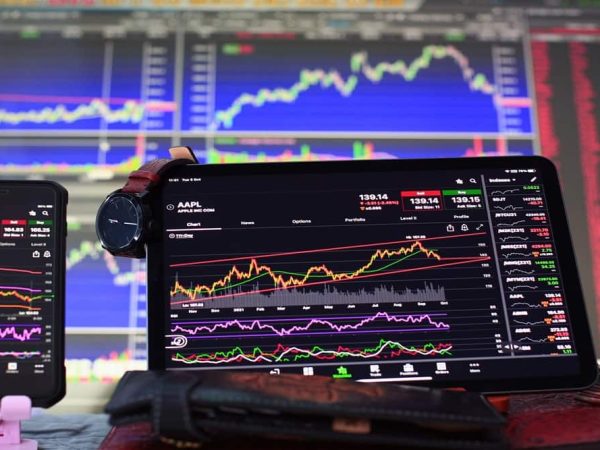


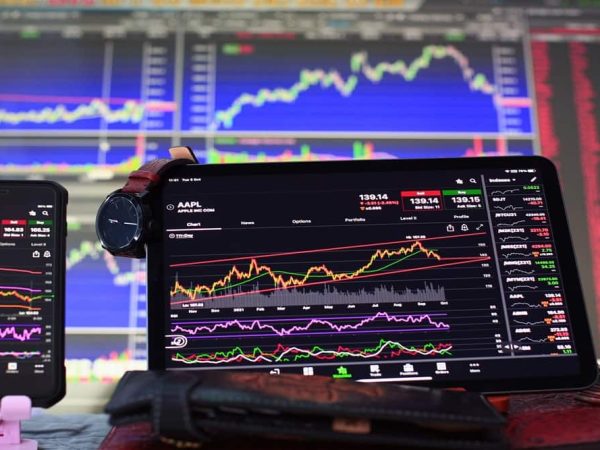
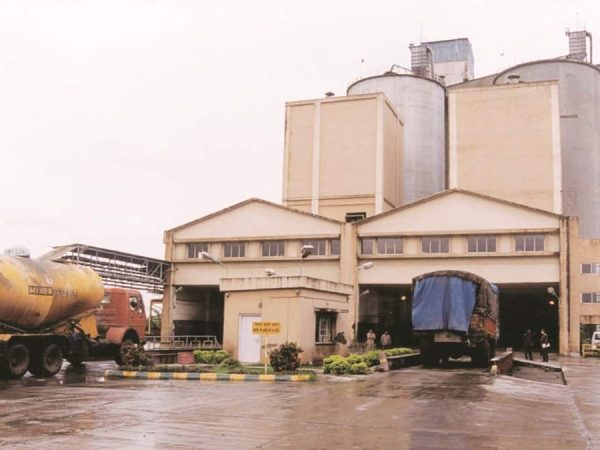

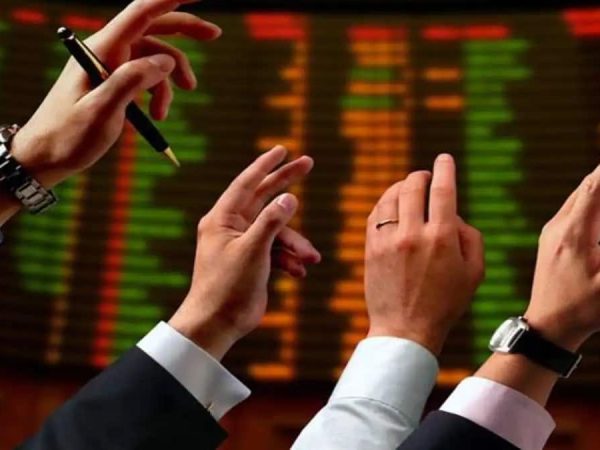

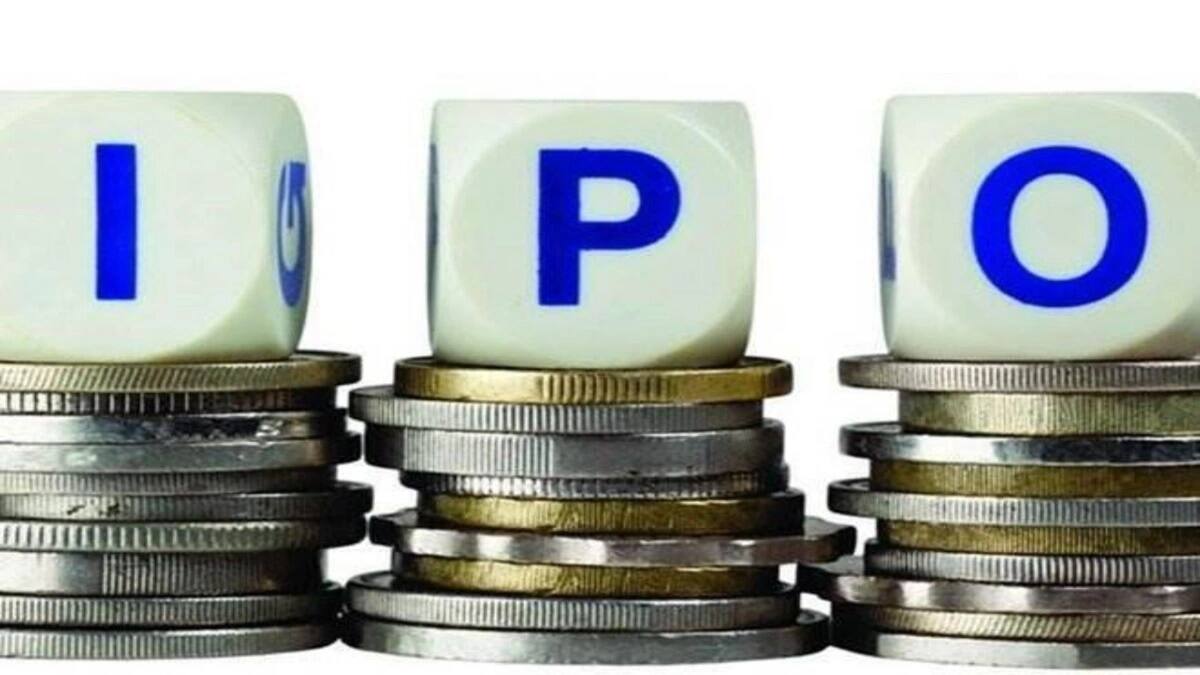
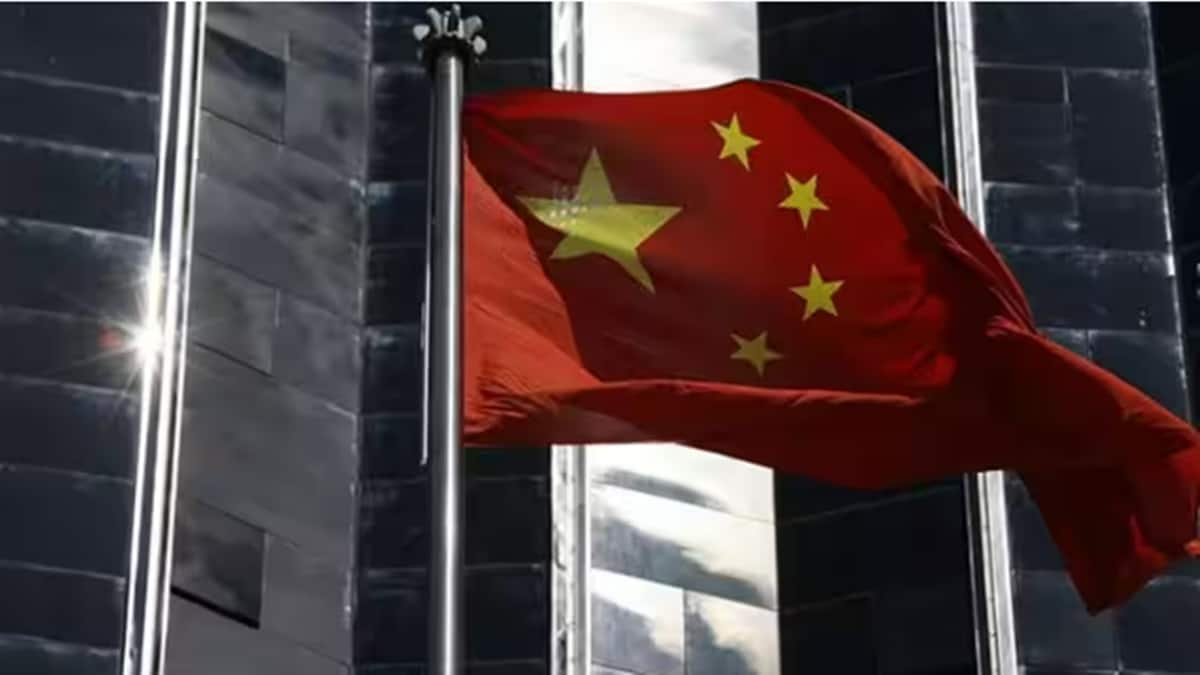

Recent Comments